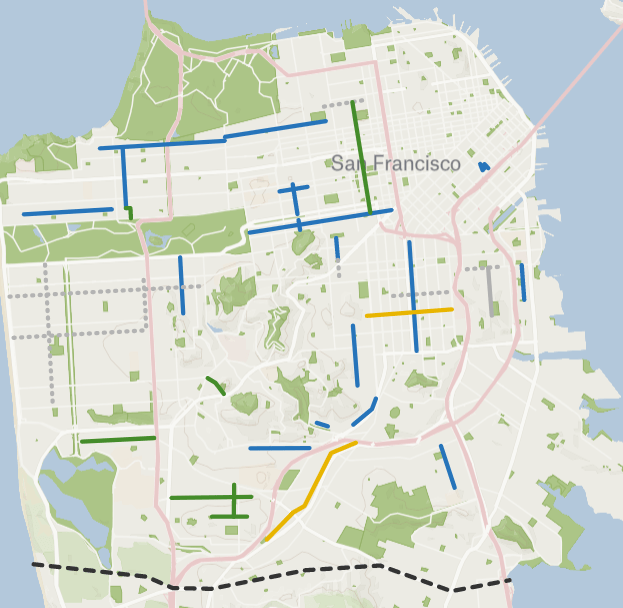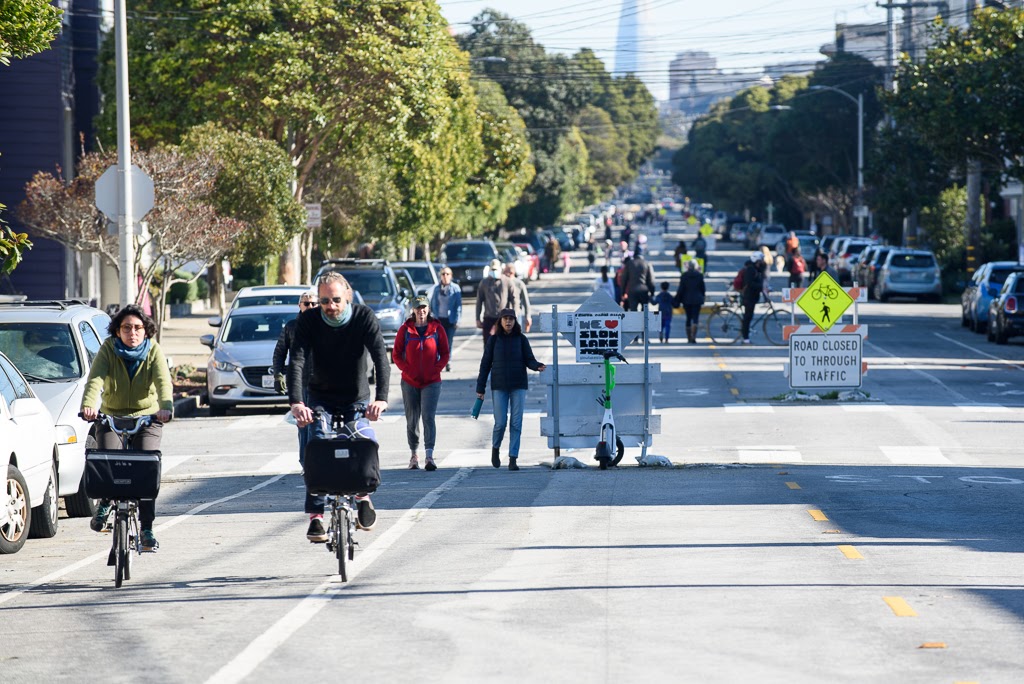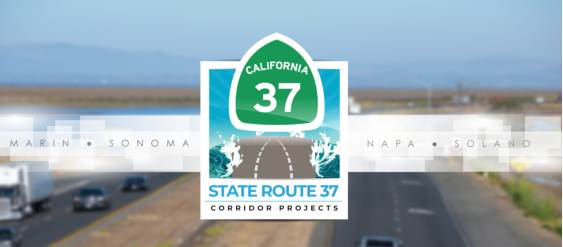They are dubbed the Slow Streets Mayors, individuals who are fighting to preserve and expand the breadth of streets where motorists aren’t the single priority at the expense of all other users. But with Slow Streets spread throughout the city–and questions remaining about exactly what defines Slow Streets–these mayors decided to put together a web page to facilitate communications and further expansion of the movement. From the new SlowStreets.us web site:
In December 2022, the SFMTA Board of Directors made the Slow Streets Program permanent, set target car-volume and -speed metrics for Slow Streets, and called for a “fully connected network of Slow Streets without breaks.”
Slow Streets have made San Francisco more equitable, livable, and sustainable and can move our city forward towards a brighter future if our elected officials and policymakers do everything in their power to make Slow Streets safe and successful.
The page links to individual advocacy groups who fought for Slow Lake, Slow Hearst, Slow Page, and other streets in the now official (and permanent) program. One of the Slow Streets Mayors, Luke Bornheimer, explained via Twitter:
Excited to announce https://t.co/zHriTHoJdk, the best and most-comprehensive resource for all things related to Slow Streets — in San Francisco and around the United States!
The website will grow/improve as Slow Streets (and similar) programs evolve.
Please share this resource!
— Luke Bornheimer
(@LukeBornheimer) February 16, 2023
The page includes documents and templates, laying out the goals of creating an interconnected network of slow streets. From one of the documents: “This effort is intended to support and build upon the work currently being done by SFMTA staff to make the legislative changes that would enable such a vision to take shape. By cultivating community buy-in, we can create a path towards the completion of a citywide network of 100 miles of safe streets by 2024.”
“Within less than one week, the website reached more than 50,000 people and was visited by more than 1,500 people in more than 30 countries around the world,” said Bornheimer in a statement.

The page also links to Slow Streets and similar programs in some 20 other American cities.
And there are links to Slow Streets programs in Canada, the U.K. and Spain.
Tracking Slow Streets has always been a bit challenging, but this web page should go a long way to correct that. Be sure to check it out, get involved, and add information about slow-streets efforts in your city.






